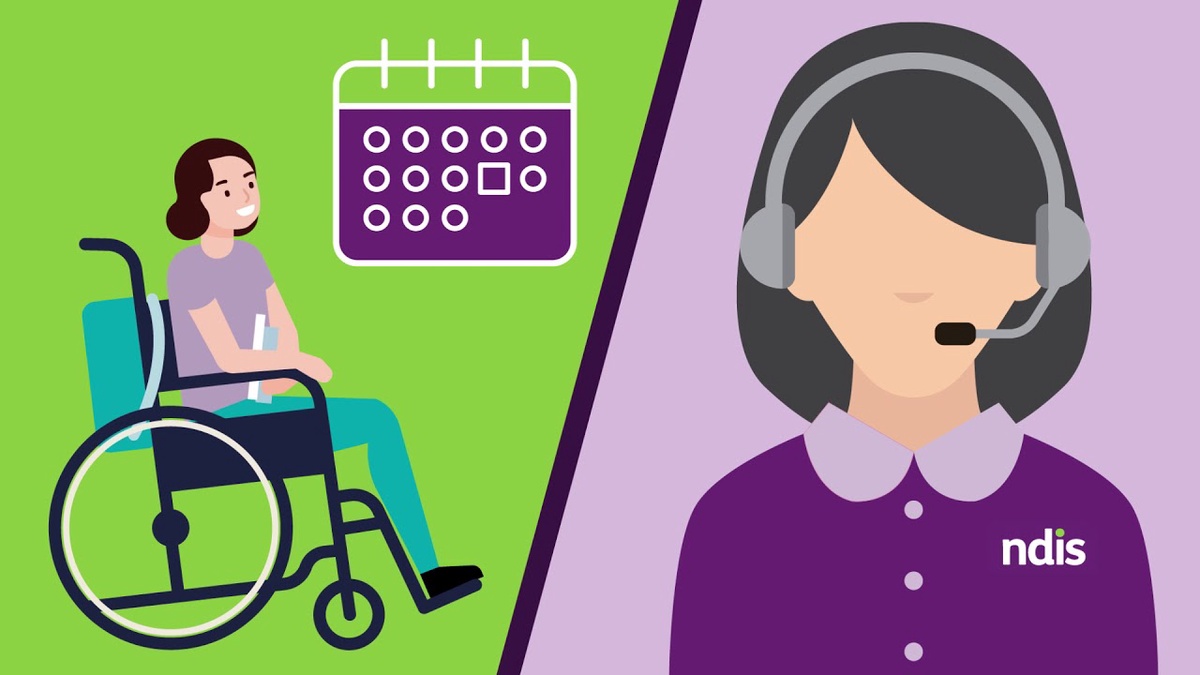If you have a disability and you're interested in accessing the NDIS, then you will need to prove that your condition meets the definition of disability under the NDIS Act. The ndis list of disabilities as impairments that are "persistent, severe and ongoing" and interfere with a person's ability to participate in all aspects of life. This means that your impairments must be permanent, but it does not necessarily mean that they cannot improve with therapy or medicine.
The NDIA has developed Lists A-E to speed up the process of proving that you meet the definition of disability. However, these lists are not set in stone and it is still necessary to prove that your impairments are permanent and significantly interfere with your day-to-day functioning.
To make things even more confusing, the NDIA has changed the way it defines disability and what evidence you need to provide in order to prove that you have a psychosocial disability. This is a massive change and it will have implications for thousands of people with psychosocial disabilities who need to access the NDIS.
This is why it's so important to get help from your Local Area Coordinator (LAC). LACs have experience filling out NDIS forms and they will be able to tell you what information is required to complete the form. They will also be able to give you advice about which supports would best suit your needs.
LACs can assist you to fill out an NDIS application or you can apply yourself. Either way, it's worth contacting your LAC as soon as possible so that they can assist you in getting started on the NDIS journey.
When the NDIS was first launched in 2016, it had pretty ambitious targets of bringing 400,000 people into the scheme by 2018. This was a lot of work, and it was not going to be possible for anyone to provide all the necessary evidence to get into the scheme within a short time frame. So the NDIA came up with the lists - List A, which was fast tracked straight through, List B which were people who needed to provide further evidence of their disability and List C and D which covered early intervention pathways.
It was not a good plan and it has caused a lot of stress for people with disabilities and their families. The NDIA claim that they are spending between $130 million and $170 million a year on reports for people trying to get into the NDIS, and a lot of this money is wasted because the reports don't always hit the mark.
As the NDIS rolls out, it's going to be crucial that we keep our focus on the big picture and not get side-tracked by debates about medical diagnoses and labels. Fair access to the NDIS for people with disabilities is far too important to be focused on arguing about how this scheme will operate.


No comments yet